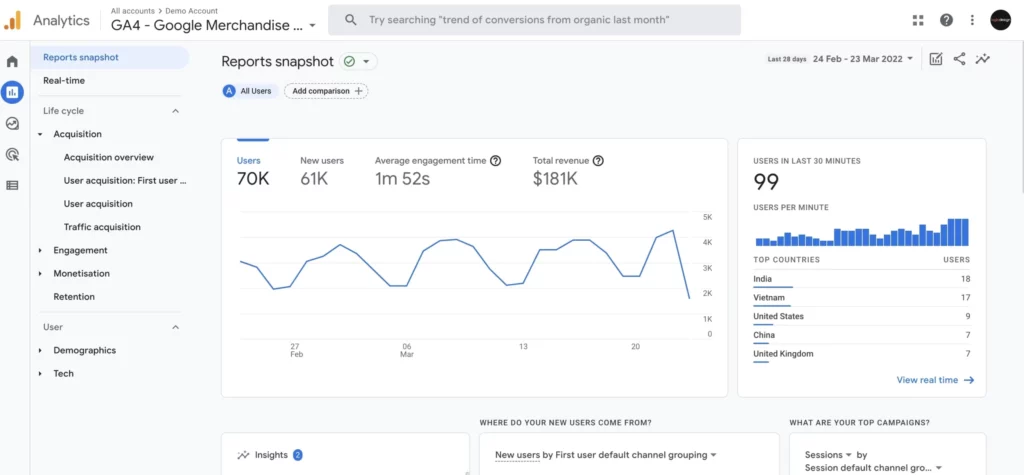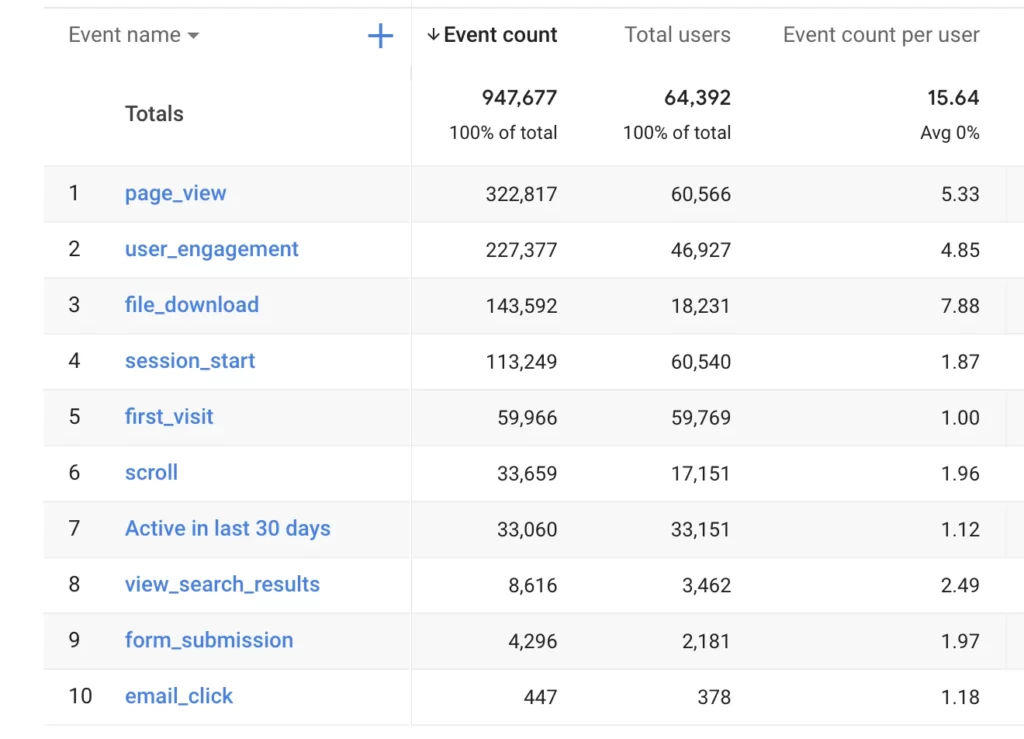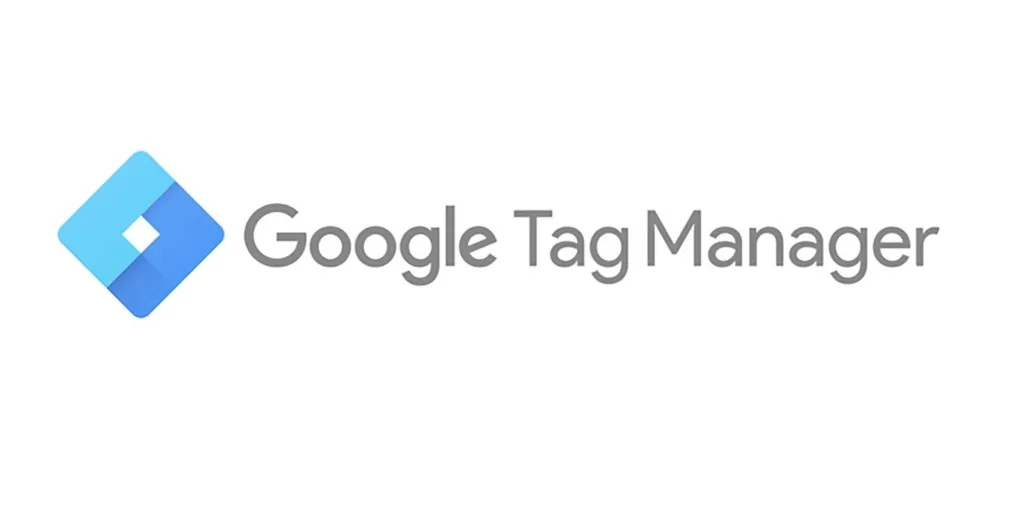On 16th March 2022, Google announced that from 1st July 2023 Universal Analytics (UA) will no longer be in use. Everyone currently using Universal Analytics will have to set up Google Analytics 4 (GA4) by that date at the latest.
With just over a year away until the deadline, you should not continue to ignore or put off using GA4. Although change can be difficult to comprehend, use this time to find your way around it before there’s no choice.
What is Google Analytics 4?
GA4 was introduced in October 2020 and is the newest version of Google Analytics. It is renowned for its ability to track both App and Web visits in a singular GA property. Plus, its modern design and flexibility are also admirable.
As an event-based model rather than a session-based model, Google Analytics 4 provides cross-platform analysis and more opportunity to predict user behaviour. However, Universal Analytics users may find this version of GA difficult to use.
Key Changes from UA to GA4
New User Interface Design
Although it’s much more than an updated user interface, the new design plays a big part in the revamp. Even if you feel uneasy first looking at your Google Analytics 4 account, there’s no need to be afraid.
In fact, the more modern feel looks very similar to Google Data Studio in the way the content is presented. So, if you’re familiar with that, it might not be too daunting for you! While the UA design may be clearer, GA4 is still user-friendly and intuitive.

Alternative Terminology
Once you start looking around, you will notice that even though Google still provides much the same information, some of the terminology has changed. “Segments” are now “Comparisons”, “Behaviour” is now “Engagement”, and “Channels” is now “User Acquisition”.
As well as this, “Audience” reports have been reorganised, and much of this information has been dispersed across other areas, including “Acquisition” and “User” sections. Finally, the “All Pages” report is now “Pages and Screens”. Once you dive in, this new terminology will not phase you and you’ll be able to navigate a lot easier.
Enhanced Event Tracking
One of the biggest changes is that Google Analytics 4 offers enhanced, out-of-the-box event tracking. It includes page views, file downloads, user engagements and requires the owner to add event tracking in to track conversions or engagements on a more detailed basis.

Unlike Universal Analytics and previous versions of Google Analytics, GA4 does not have categories, actions or labels for each event. Every metric is an event and each event can contain its own parameters.
The easiest way to add event tracking is to use Google Tag Manager (GTM). Did you know that GTM is also a great way to increase your website speed? This is due to its ability to add multiple tracking codes to a website in just one code. Multiple tracking codes normally slow websites down, but GTM solves this issue.

Google Tag Manager offers many unique solutions, but our initial suggestions for conversion tracking would be to look at tracking contact form submissions, as well as phone number clicks. If you’d like some assistance with this, please don’t hesitate to get in touch with us.
When Should You Switch to Google Analytics 4?
Don’t wait until the last minute, switch to GA4 as soon as possible. You are able to set it up to run alongside your current Universal Analytics and collect meaningful data. This will be beneficial in the future and you can use this time to get used to the new version which will soon become the only version.
Contact us today to help you set up your Google Analytics 4 or if you have any other website design or SEO queries. Our expert team would be more than happy to help, so send us an email at hello@logicdesign.co.uk or drop us a call on 01473 934050 today.
Find out more about Logic Design by exploring our website and services.